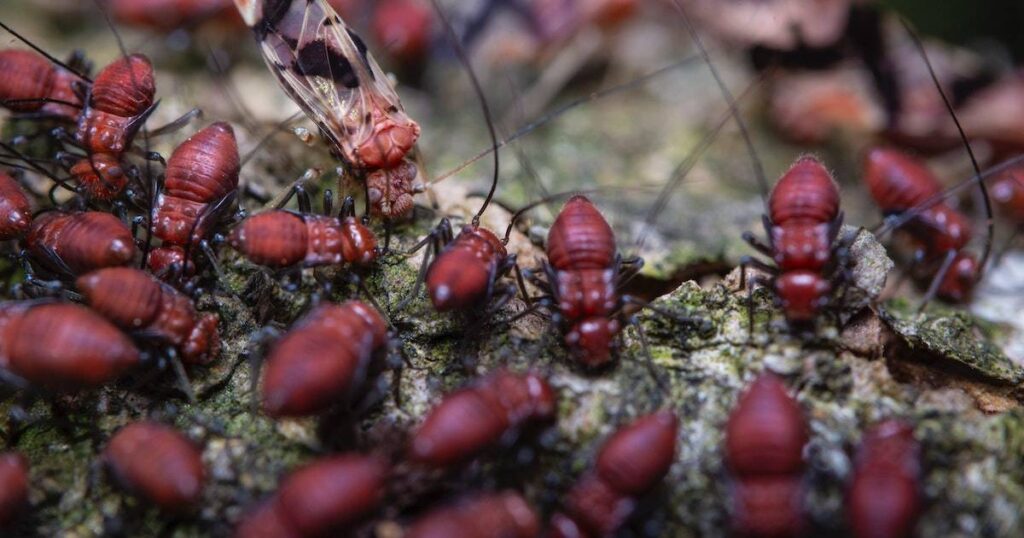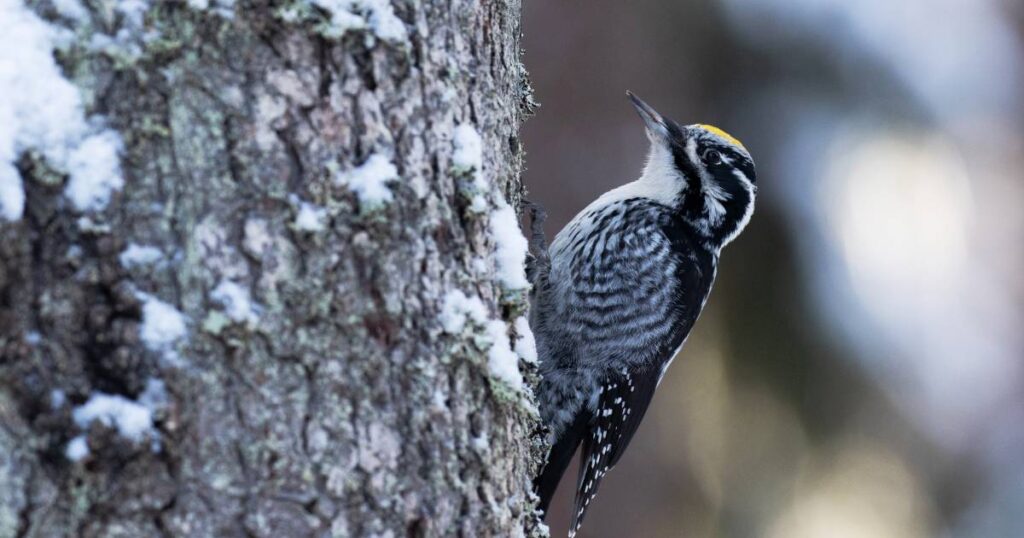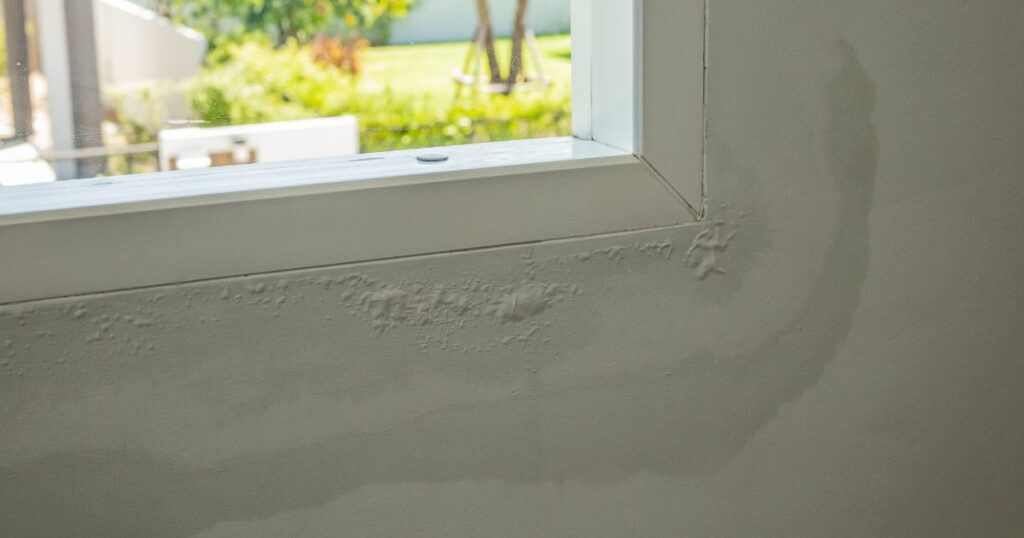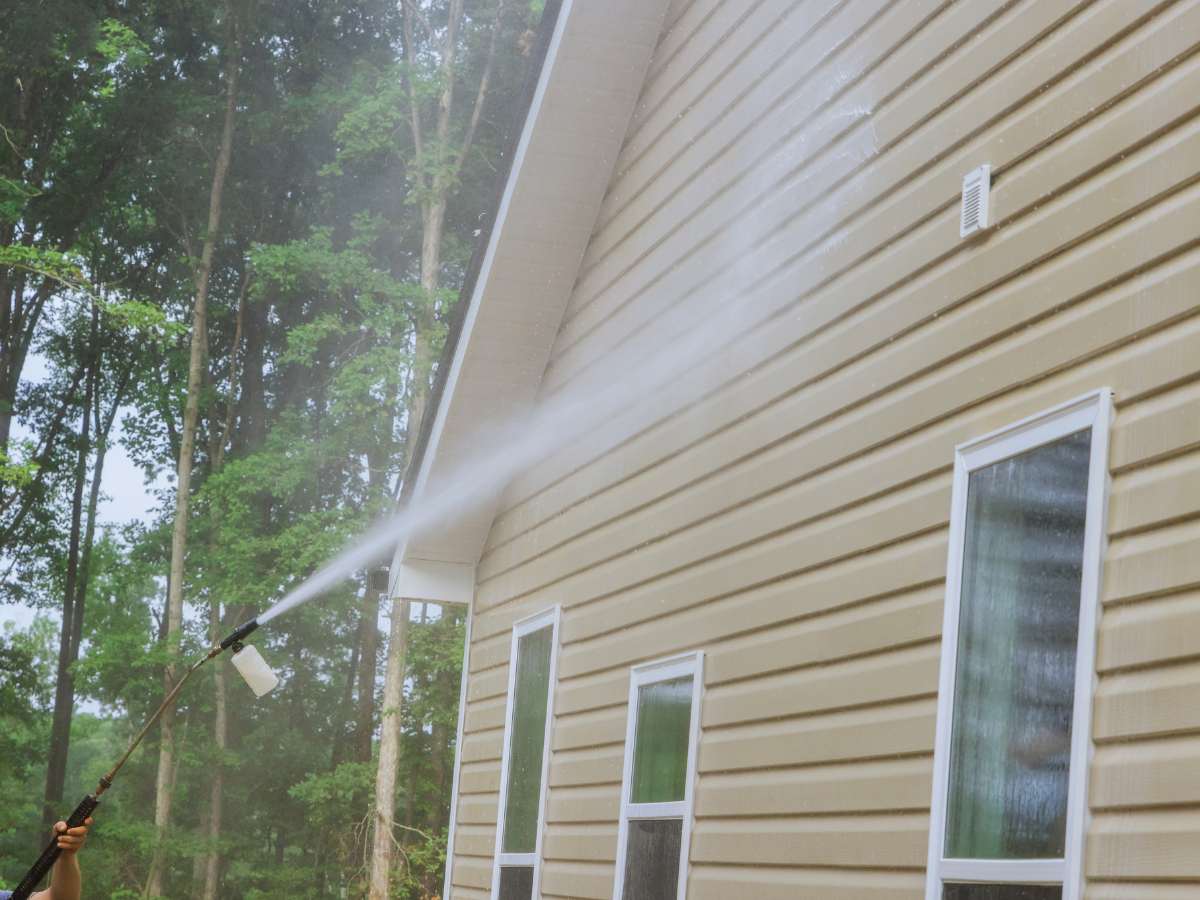Siding protects homes from the elements, provides insulation, and enhances the property’s aesthetics. It acts as a shield, safeguarding the house’s structural integrity and preserving its value. However, common bugs and pests pose a threat to the well-being of your siding. These unwanted intruders can cause extensive damage, compromising the functionality and appearance of your home’s exterior. It is ideal to understand the impact pests can have on a siding to protect your investment and maintain the integrity of your property.
Termites

Termites are highly destructive insects that can wreak havoc on your siding if left unchecked. It is considered part of common bugs and pests. These tiny pests feed on cellulose-based materials, such as wood, which makes your siding an attractive target. Moreover, understanding the basics of termite infestation can help with early detection and effective pest management.
Signs of termite damage on siding include mud tubes along the foundation or walls, hollow-sounding wood when tapped, and discarded wings near windows or doors. Sagging or warped siding, visible tunnels or galleries on the surface, and frass (termite droppings) are all potential indicators of termite activity.
Preventive measures are key to protecting your siding from termite infestations. Start by ensuring proper drainage around the foundation to minimize moisture accumulation, as termites are attracted to damp environments. Regularly inspect and seal any cracks or gaps in the siding, as these can serve as entry points for termites.
If a termite infestation is already present, take immediate action. Consult with a professional pest control company experienced in termite management. They can assess the extent of the infestation and recommend appropriate treatment options.
Carpenter Ants

Carpenter ants are large, ranging from ¼ to ½ inch in length. These common bugs have segmented bodies, bent antennae, and are usually black or reddish-brown. Look for their presence indoors and outdoors, particularly near wooden structures or trees, as they nest in moist, decaying wood.
Carpenter ants can cause damage to the siding. They excavate tunnels and galleries within the wood to create their nests. Over time, it could weaken the structural integrity of the siding, leading to sagging, cracking, or even complete collapse.
Preventing and controlling carpenter ant infestations requires a multi-faceted approach. Start by addressing moisture issues around your home, as damp wood is an attractive nesting site for these ants. Repair any water leaks, improve ventilation in crawlspaces and attics, and redirect water away from the foundation. Trim trees and shrubs to create a gap between vegetation and siding, reducing potential bridge points for carpenter ants. Seal cracks and openings in the siding and foundation to prevent their entry.
It’s advisable to consult a professional pest control service. They will conduct a thorough inspection, locate the nests, and employ targeted treatments such as baiting, dusting, or applying liquid insecticides. Regular monitoring and maintenance are crucial to prevent reinfestation and protect your siding from further damage caused by carpenter ants.
Woodpeckers

Woodpeckers can become a nuisance and a potential threat to your siding. These birds are not part of common bugs. However, they naturally peck on wood surfaces, including your siding. Their pecking behavior can cause significant damage over time, leading to holes, punctures, and unsightly blemishes on your siding.
Indications of woodpecker activity on siding include distinctive round or rectangular holes ranging in size from small to several inches in diameter. You may also notice scattered wood chips or debris around the holes. Woodpeckers often create a repetitive pecking pattern, which can be heard as loud drumming noises on the siding.
Implementing strategies to deter woodpeckers can protect your siding.
- Visual deterrents: Hang reflective objects, such as CDs, mylar balloons, or strips of aluminum foil, near the affected areas. The movement and reflection of light can startle and discourage woodpeckers from approaching the siding.
- Auditory deterrents: Use devices that produce loud noises or distress calls. These can include wind chimes, ultrasonic devices, or even recordings of woodpecker distress calls.
- Physical barriers: Install bird netting or mesh over the siding to create a physical barrier that prevents woodpeckers from accessing the surface.
- Repellents: Apply non-toxic taste or scent repellents to the siding. These repellents have an unpleasant taste or smell that discourages woodpeckers from pecking on the treated areas.
Mold and Mildew

Mold and mildew growth on siding not only affects the visual appeal of your home but also poses potential health risks and can deteriorate the siding material. If left untreated, their presence can lead to discoloration, staining, and even structural damage.
Signs of mold and mildew growth on siding include black, green, or brown patches or streaks on the surface. You may also notice a musty odor emanating from the affected areas. If the siding feels damp or exhibits signs of decay, it could indicate a more severe mold or mildew infestation.
Preventing and treating mold and mildew on siding requires proper maintenance:
- Regular cleaning: Clean your siding annually or as needed to remove dirt, debris, and organic matter that serves as a food source for mold and mildew. Use a mild detergent, water, a soft-bristle brush, or a pressure washer on a low setting.
- Adequate ventilation: Ensure proper airflow and ventilation around your home to prevent excessive moisture buildup. Trim vegetation near the siding to allow air circulation and repair ventilation or drainage issues.
- Prompt repairs: Address leaks or water damage promptly, as these create ideal mold and mildew growth conditions. Inspect the siding for signs of deterioration and repair or replace any affected areas as necessary.
- Application of mold-resistant coatings: Consider applying mold-resistant coatings or paints designed explicitly for siding. These products contain additives that inhibit mold and mildew growth, providing additional protection.
Rodents

Rats and mice can cause damage to siding as they seek shelter and build nests. These rodents are adept climbers and can easily access your home’s exterior, including the siding. Once inside, they may chew through the siding material, leaving holes, gnaw marks, and unsightly damage.
Signs of a rodent infestation on the siding include the presence of droppings near the foundation or along the siding, chewed or gnawed areas on the siding, and greasy rub marks caused by their fur. You may also hear scratching or scurrying noises within the walls or observe rodents entering or exiting your home through gaps or openings in the siding.
Rodent-proofing your siding can prevent infestations and protect your home. Here are some practical ways to rodent-proof your siding:
- Seal openings and gaps: Inspect your siding for any openings, cracks, or gaps and seal them with caulk or appropriate sealants. Attention areas where utilities enter the house, as rodents can exploit these entry points.
- Install metal mesh or hardware cloth: Cover ventilation openings, gaps around pipes, and other vulnerable areas with metal mesh or hardware cloth. These materials are sturdy enough to prevent rodents from chewing through and gaining access.
- Keep vegetation trimmed: Trim tree branches and shrubs near your home, ensuring there is a sufficient distance between them and the siding. Overhanging units can serve as a bridge for rodents to reach the siding.
- Maintain cleanliness: Remove debris, trash, and clutter from around your home, as these can provide hiding places and food sources for rodents. Regularly clean the exterior of your home, including the siding, to eliminate potential attractants.
Be Proactive Against Pests
Taking proactive measures against pests is of utmost importance to protect your home and siding. You can reduce the risk of pest infestations by implementing preventive strategies, such as regular inspections, addressing moisture issues, sealing openings, and keeping the surroundings clean.
Maintaining the integrity of your siding is essential for both functional and aesthetic reasons. Pests, such as termites, carpenter ants, woodpeckers, mold, mildew, and rodents, can cause extensive damage if left unchecked.
In some cases, professional help is necessary to combat pest infestations and safeguard your siding effectively. Pest control experts have the knowledge, experience, and tools to identify and handle various pests, ensuring thorough eradication and prevention.



























